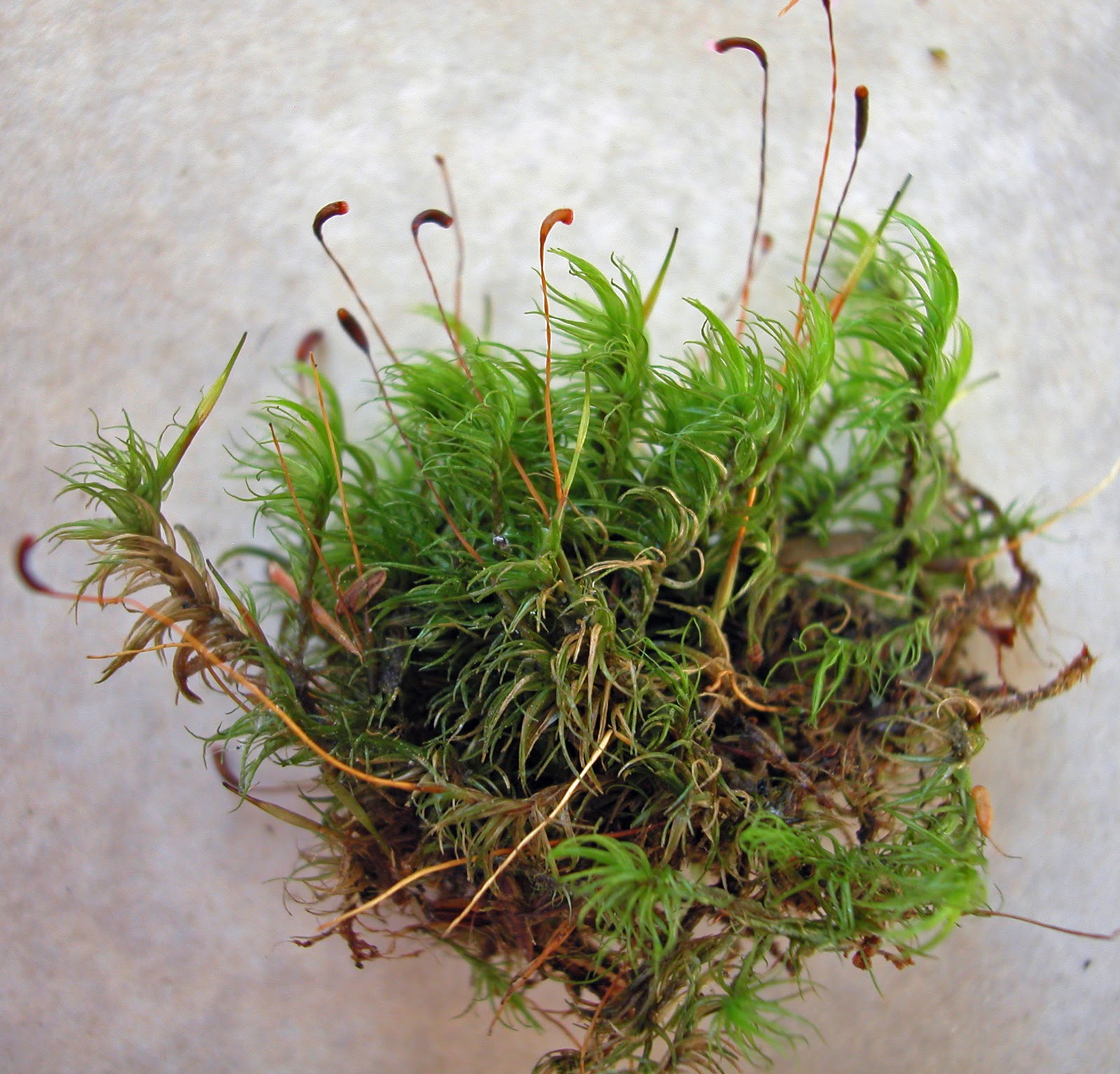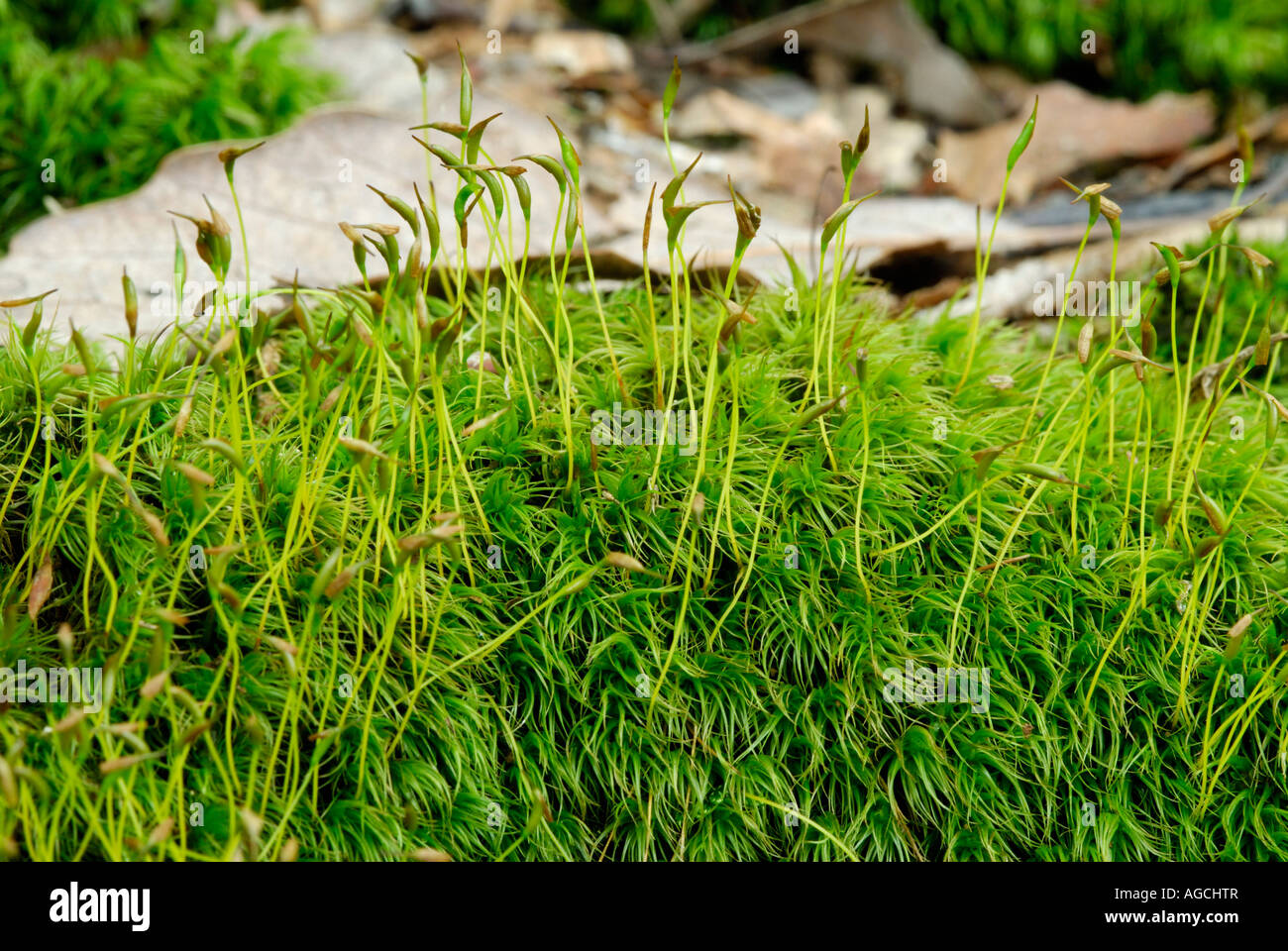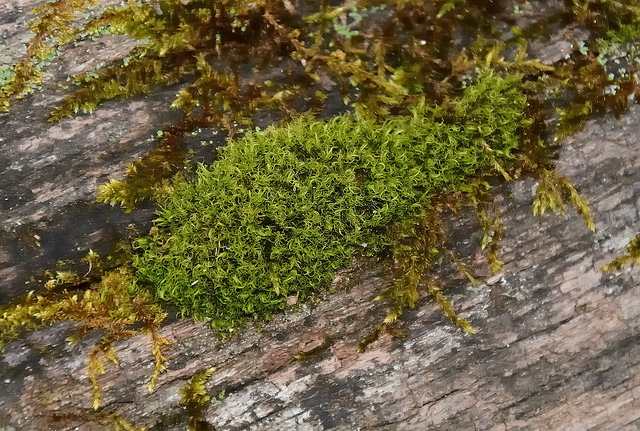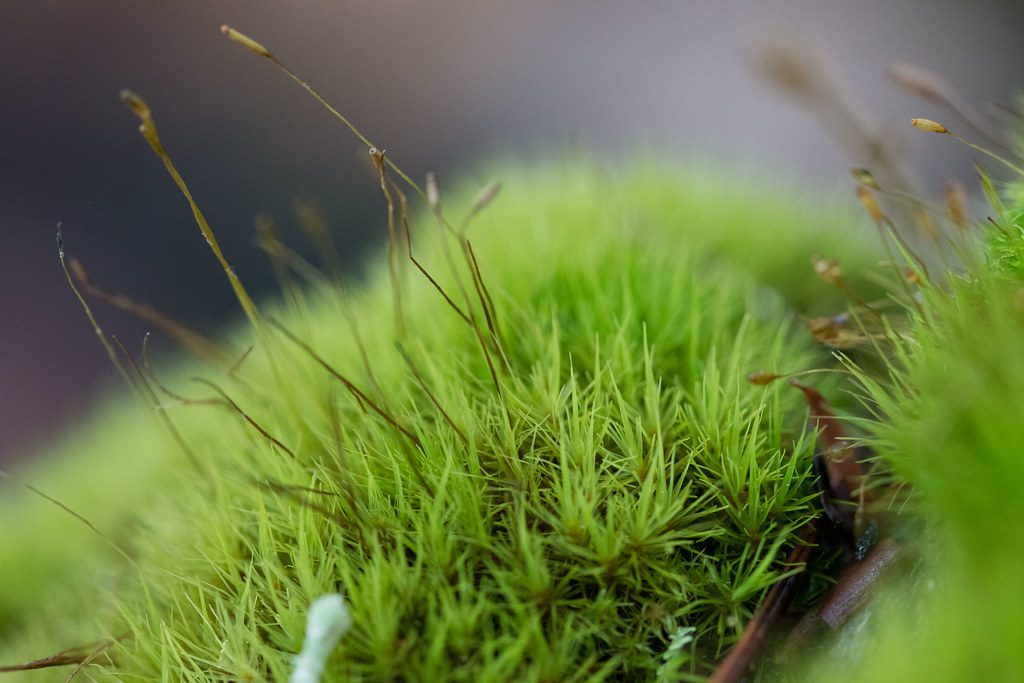
image from: https://garden.org/plants/view/197718/Dicranum-Moss-Dicranum-viride/
Exploring the Fascinating World of Dicranum leioneuron Kindb. Moss
Introduction
Mosses are some of the most ancient and resilient plants on Earth, having evolved over 400 million years ago. One particularly interesting species is Dicranum leioneuron Kindb., a moss in the Dicranaceae family, commonly known as Dicranum. In this blog post, we’ll dive into the unique characteristics and ecological importance of this fascinating bryophyte.
Background on Mosses

image from: https://moss-notes.blogspot.com/2011/12/dicranums.html
Mosses are non-vascular plants in the division Bryophyta

image from: https://www.alamy.com/stock-photo-dicranum-moss-showing-mature-sporophytes-growing-up-out-of-the-haploid-14168182.html
. Unlike other land plants, they lack true roots, stems, and leaves. Instead, they have rhizoids that anchor them and absorb water and nutrients. Mosses reproduce via spores rather than seeds and are found in diverse habitats worldwide, from arctic tundra to tropical rainforests.

image from: https://www.inaturalist.org/observations/164937236
Morphology and Identification of Dicranum leioneuron
D. leioneuron forms dense tufts or cushions. The individual plants are small, typically 1-3 cm tall. The leaves are lanceolate (lance-shaped), 3-6 mm long, and have a single costa (midrib) that extends to the leaf tip. The leaf margins are entire (smooth-edged) and the leaf cells are smooth.
The species gets its name “leioneuron” from Greek, meaning “smooth-nerved”, referring to the costa. Capsules are produced on tall seta (stalks) and are cylindrical and curved. D. leioneuron can be distinguished from similar Dicranum species by its smooth leaf cells and costa.
Global Distribution and Habitat
D. leioneuron has a circumboreal distribution, occurring in northern regions of North America, Europe, and Asia. It grows on soil, humus, logs, tree bases and rocks in boreal and montane forests, often in drier microsites. The species is also found in alpine heathlands and cliff crevices at high elevations.
Ecological Roles and Adaptations

image from: https://www.alamy.com/wind-blown-moss-also-called-fork-moss-of-the-genus-dicranum-image398293168.html
Like other mosses, D. leioneuron plays important ecological roles:
- Erosion control: Its dense growth helps stabilize soil and prevent erosion.

image from: https://www.invasive.org/browse/detail.cfm?imgnum=5480915

image from: https://www.insectimages.org/browse/detail.cfm?imgnum=5478349
- Water retention: Moss clumps act as miniature sponges, absorbing and slowly releasing water.
- Habitat for microorganisms: Many invertebrates and microbes live among the shelter of moss cushions.
- Carbon cycling: As a primary producer, moss contributes to carbon fixation and nutrient cycling.
D. leioneuron has several adaptations for survival:
- Desiccation tolerance: It can dry out completely and rehydrate when water is available.

image from: https://www.marylandbiodiversity.com/view/10847
- Freeze tolerance: Moss tissues can withstand freezing temperatures.
- Asexual reproduction: In addition to spores, moss can reproduce via fragmentation when clumps break apart.

image from: https://www.forestryimages.org/browse/detail.cfm?imgnum=1115127
Conclusion
Dicranum leioneuron Kindb. is a small but mighty moss with a big ecological impact. From the boreal forests to alpine summits, this resilient bryophyte helps shape its environment and support a myriad of other species. Next time you’re out in nature, take a closer look – you may just spot a cushion of Dicranum doing its part in the ecosystem. What other moss species have you noticed in your local area?

image from: https://terrariumcreations.com/dicranum-scoparium-moss-in-terrariums-care-guide-to-help-your-moss-thrive/